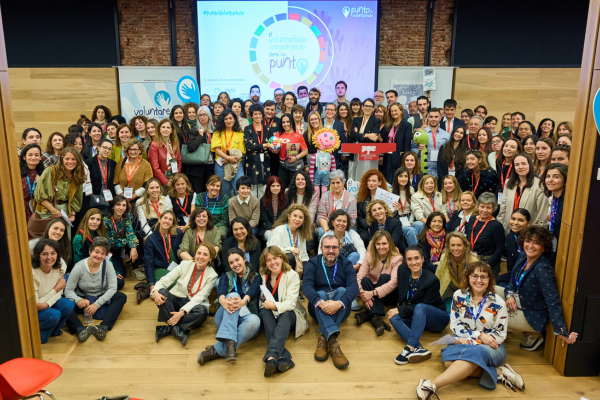Companies are adding volunteering programs as part of their corporate social responsibility strategy. But, in order for a volunteer program to succeed companies need to learn what factors influence corporate volunteering, such as motivation and role identity.
As a business student majoring in strategy, I’ve always had an interest in learning more about companies’ corporate social responsibility (CSR) programs. With several months of research, I’ve come to the conclusion that as part of their CSR programs, huge investments are being made in corporate volunteering programs. As employees participate in these programs, they become happier, more committed and more engaged in their organization. Civic50′s website shows the top 50 companies that are committed to their communities and get their employees involved.
It is impressive to see companies succeeding in various corporate volunteering programs. Success, however, is not always the case; companies may have the best strategies in mind, but can’t sustain a corporate volunteering program because of a lack of participation due to a failure to integrate the program into the company’s existing culture. So, how do you get your employees to be involved in corporate volunteering? Adam M. Grant, a social scientist, developed a theoretical explanation to this question based on the individual’s motivation and role identity influence. Here are two important factors to consider:
1. Motivation:
To get employees actively involved in corporate volunteering, employers need to understand what motivates employees. In Adam M. Grant’s article, he states that employees are more likely to volunteer in their organization when they feel they could fulfill their motivations during the volunteering event. Thus, the description of the volunteer event is crucial as individuals look for specific job characteristics that could, as stated, fulfill their motivation. For example, individuals who seek a sense of belonging and to develop friendships may look for volunteer opportunities where teamwork is required. For employers, it is important to partner employees with the right volunteer opportunities which can match their employees’ motivations. For more information on motivation, I suggest watching Dan Pink’s Ted Talk on the subject.
2. Role identity:
When employees continually volunteer, they develop a role identity and, as a result, are more likely to contribute to corporate volunteering. As Adam M. Grant states, “role identity occurs when employees are engaged in volunteering”. From my personal experience, those who volunteer start to develop a sense of who they are. In addition, they are able to build their strengths and work on their weaknesses through volunteering, further defining their identity. Overall, companies who want to increase the incentives for corporate volunteering must first understand employees from a motivation and role identity perspective. Journey of the Volunteer offers more insight on how to get your employees to volunteer and will guide you on how to create a successful volunteer program.




